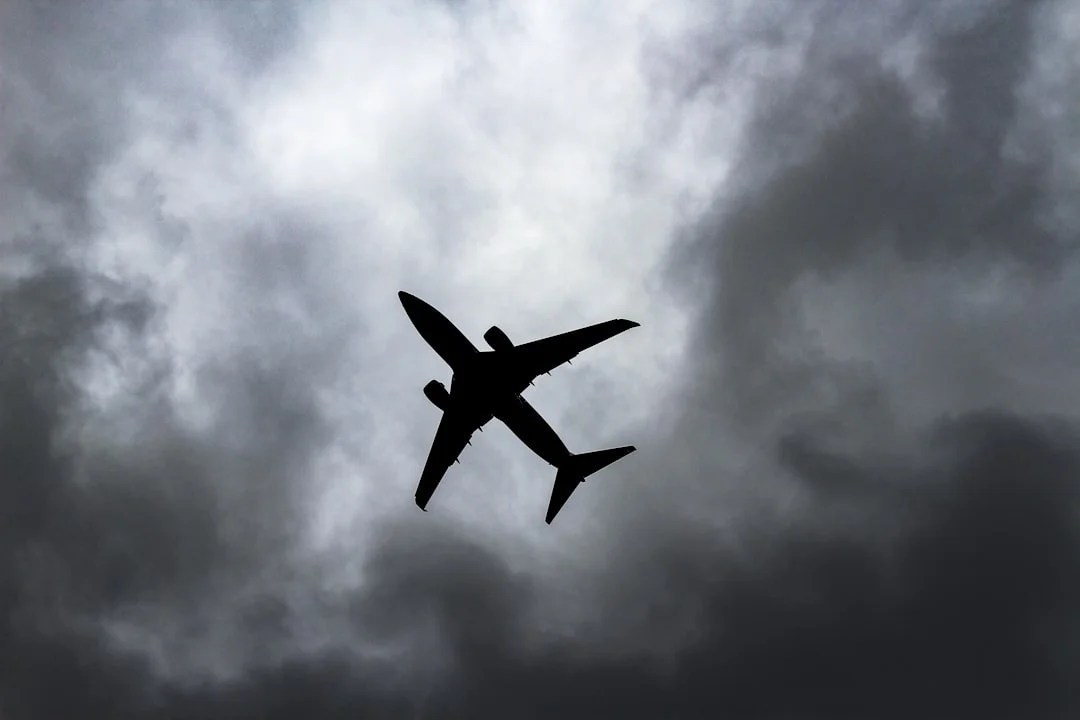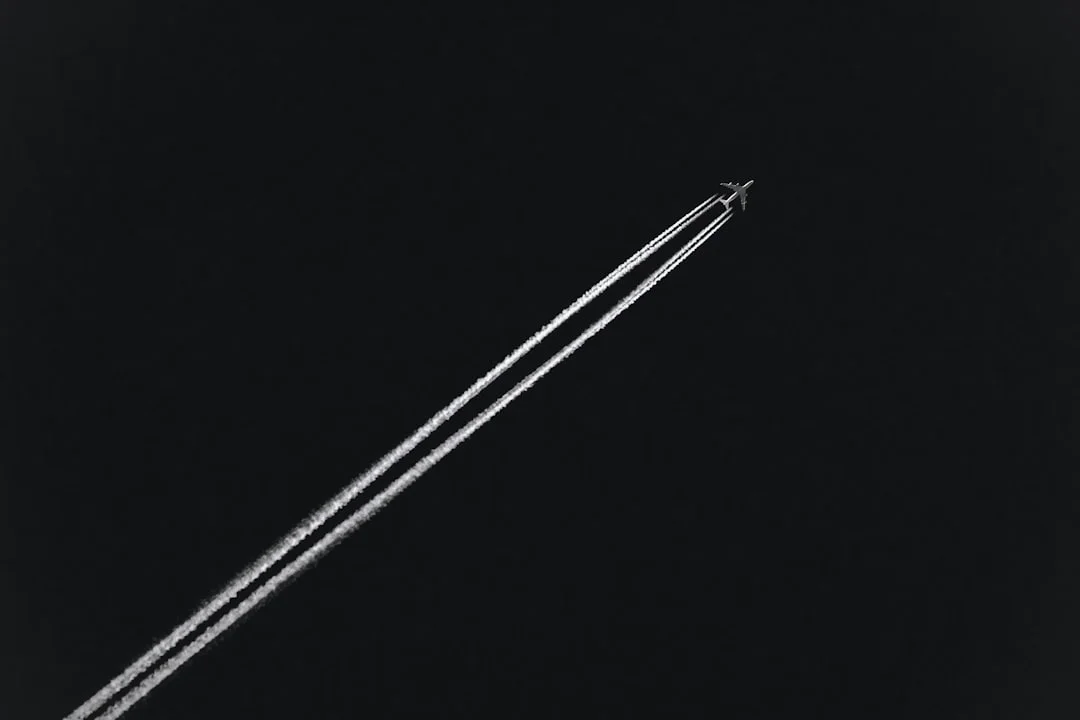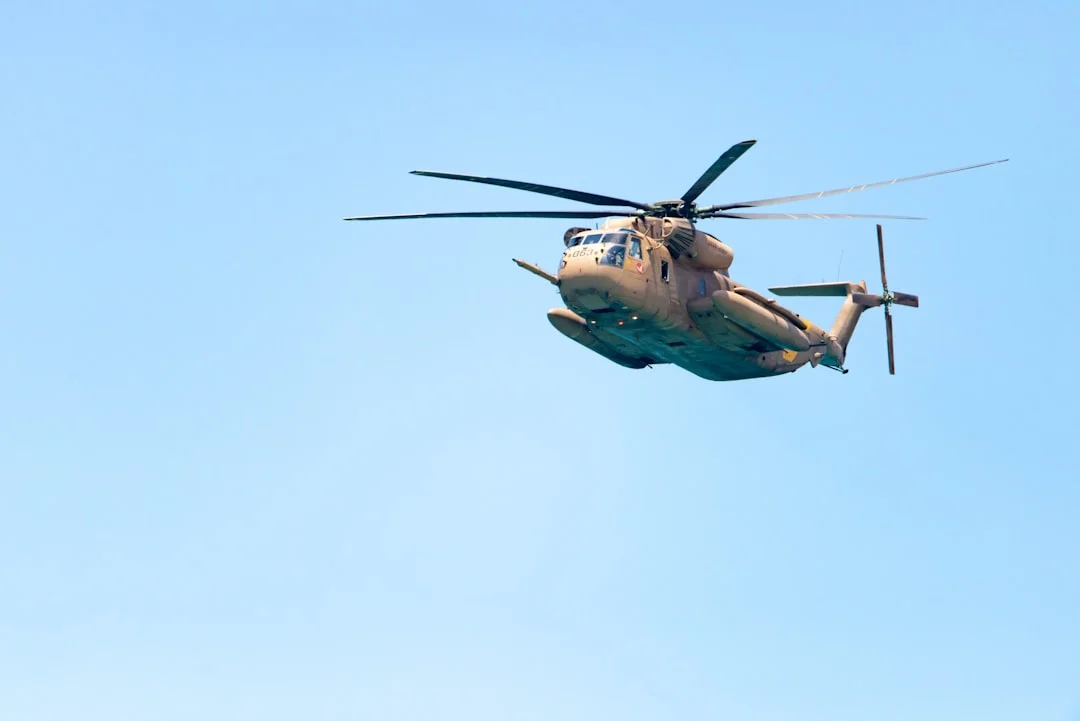The Boeing 777 is one of the most advanced and popular aircraft in the world, known for its exceptional performance and cutting-edge technology. One of the key technologies that sets the Boeing 777 apart is its Fly-By-Wire (FBW) system. FBW represents a significant advancement in aircraft control systems, offering improved safety, efficiency, and control. In this blog post, we will dive deep into the world of FBW and explore how it enhances the performance of the Boeing 777.
Contents
Understanding Fly-By-Wire (FBW)
Fly-By-Wire is a flight control system that replaces the conventional mechanical linkages between the pilot’s controls and the aircraft’s control surfaces with an electronic interface. Instead of using physical cables and pulleys, the pilot’s inputs are transmitted to the aircraft’s control computers through electrical signals. These computers then interpret the inputs and send corresponding commands to the aircraft’s control surfaces, such as the ailerons, elevator, and rudder.
The Boeing 777 utilizes a state-of-the-art FBW system to provide precise and efficient control. This system offers several advantages over traditional control systems. Firstly, it reduces the weight of the aircraft by eliminating the need for heavy mechanical components. This weight reduction leads to improved fuel efficiency and range. Additionally, FBW systems allow for more flexibility in designing the aircraft’s flight control characteristics. The control laws can be easily programmed and modified to achieve specific performance goals, such as smoother handling or increased stability.
The FBW system on the Boeing 777 also enhances safety by providing various protection mechanisms. These include envelope protection, which prevents the aircraft from exceeding its safe flight envelope, and control surface monitoring, which detects any malfunctions or anomalies in the control surfaces. If any abnormality is detected, the FBW system can automatically compensate or limit the control inputs to ensure the safety of the aircraft.
Advantages of Fly-By-Wire on the Boeing 777
The Fly-By-Wire system on the Boeing 777 offers numerous advantages that contribute to its exceptional performance. Let’s take a closer look at some of these advantages:
1. Increased Fuel Efficiency
One of the key benefits of the FBW system is its ability to improve fuel efficiency. By eliminating the mechanical linkages, the FBW system reduces the weight of the aircraft, resulting in decreased fuel consumption. The Boeing 777’s FBW system, combined with other aerodynamic advancements, allows the aircraft to operate with remarkable fuel efficiency. This translates to cost savings for airlines and a reduced environmental impact.
According to Boeing, the Boeing 777-200ER, equipped with GE90-115B engines, consumes approximately 8,400 gallons of jet fuel per hour during cruise. The Fly-By-Wire technology plays a significant role in achieving this impressive fuel efficiency by providing precise control and optimized flight characteristics.
2. Enhanced Performance
The FBW technology on the Boeing 777 enables the aircraft to achieve enhanced performance in terms of handling, stability, and maneuverability. The control laws programmed into the FBW system can tailor the aircraft’s response to the pilot’s inputs, resulting in smoother and more predictable handling characteristics. This contributes to a comfortable flying experience for pilots and passengers alike.
Moreover, the FBW system incorporates various features to enhance the aircraft’s stability and reduce the risk of stalls and other dangerous situations. For instance, the system can automatically make minor adjustments to the control surfaces to maintain the aircraft’s stability during turbulence or gusts. These capabilities make the Boeing 777 a highly maneuverable and reliable aircraft.
The Future of Fly-By-Wire Technology
Fly-By-Wire technology has revolutionized the aviation industry and has become a standard feature in modern commercial aircraft like the Boeing 777. Looking ahead, the future of FBW holds even more exciting possibilities. With advancements in artificial intelligence and automation, FBW systems are expected to become even smarter and more intuitive.
One area of development is the integration of FBW with other systems, such as fly-by-light technology. Fly-by-light systems use fiber optic cables instead of electrical wires to transmit control signals, offering even faster and more reliable data transfer. This integration can further enhance the speed and accuracy of control inputs.
Furthermore, FBW technology is poised to play a crucial role in the development of unmanned aerial vehicles (UAVs) and urban air mobility. By eliminating the need for manual controls, FBW systems enable autonomous flight and remote piloting, opening up new possibilities for transportation and logistics.
Conclusion
The Fly-By-Wire system is a game-changer in the aviation industry, and the Boeing 777 is a testament to its capabilities. FBW technology offers numerous advantages, including increased fuel efficiency, enhanced performance, and improved safety. As the aviation industry continues to evolve, FBW systems are expected to become even more advanced, paving the way for the future of air travel. The Boeing 777 stands at the forefront of this technology, reaffirming its status as a state-of-the-art aircraft.




